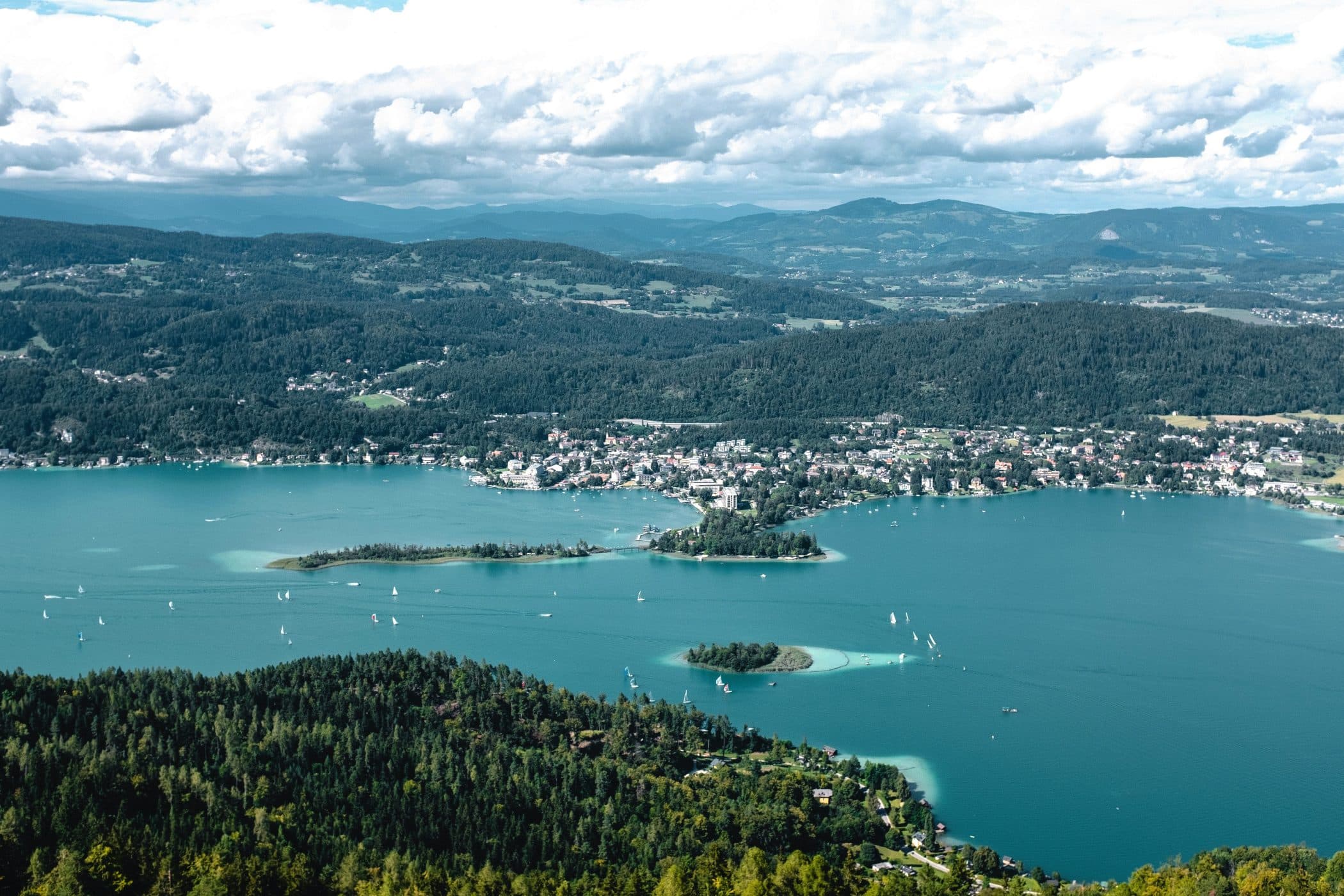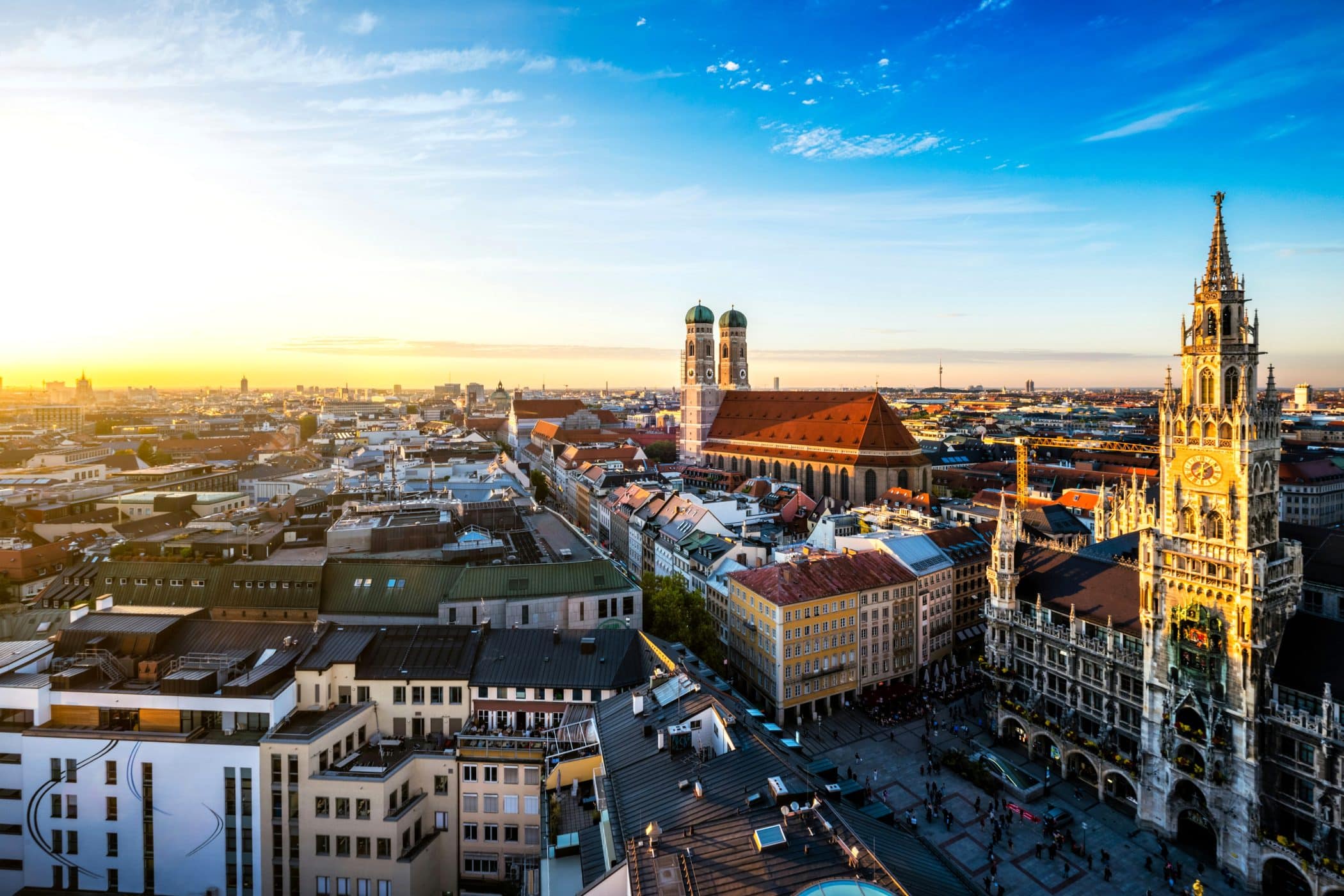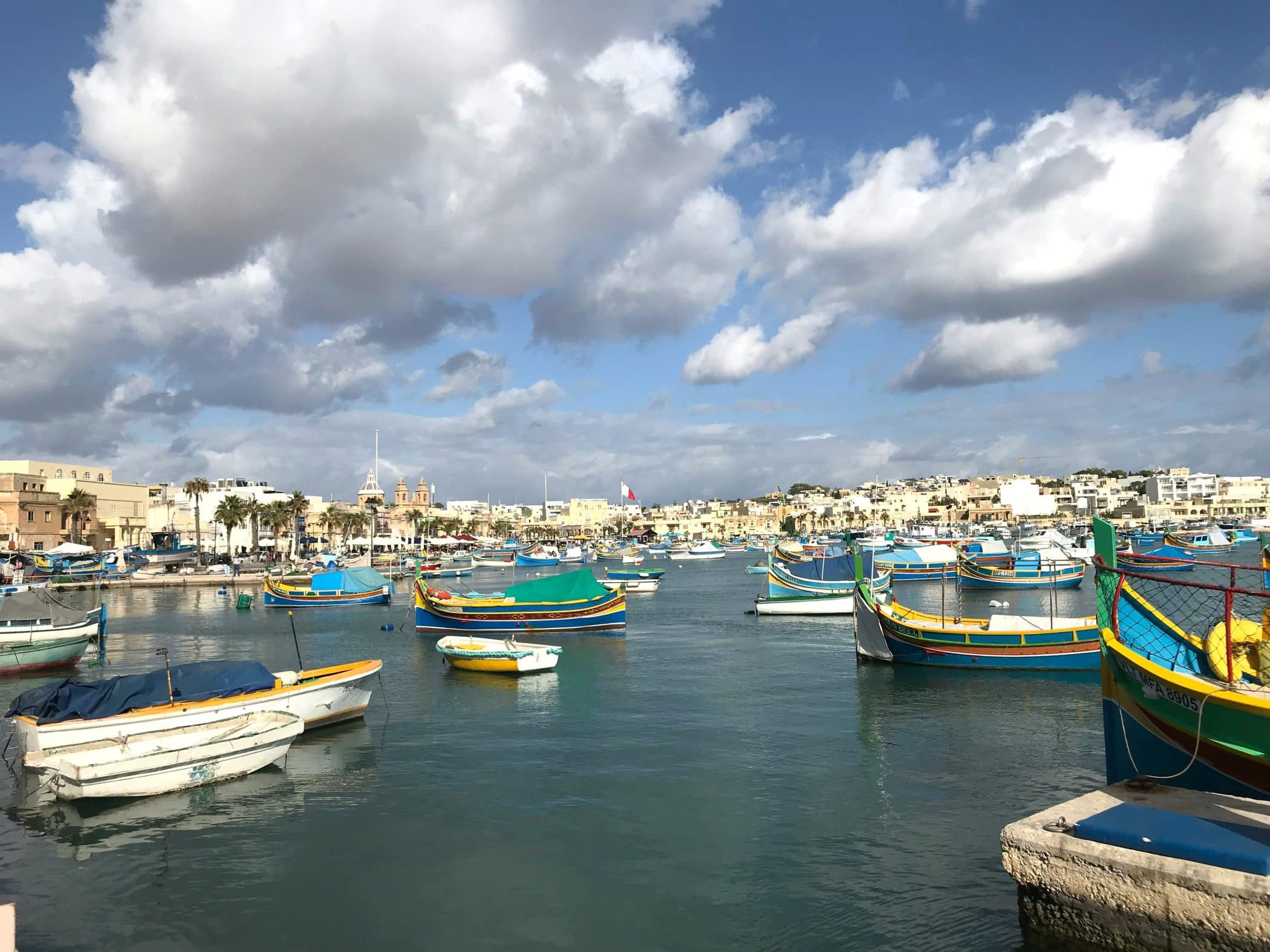Climate on a budget: funding the change across Europe

‘How are we going to finance the transition?’ is the question echoing the corridors of town halls and policy meetings across Europe. Climate targets are set. Plans are drawn. But turning vision into reality often comes down to one of the key challenges: funding.
This article was originally published on the NetZeroCities website, here.
In the face of this challenge, three cities from vastly different corners of Europe, Klagenfurt, Gozo and Vilnius, decided they wouldn’t wait for perfect answers. Instead, they adopted a systemic approach by joining the NetZeroCities Pilot Cities Programme led by Climate KIC, under the Climate Funding 4 Cities (CF4C) project to explore innovative ways to finance climate neutrality, working hand in hand with citizens, engaging stakeholders, and leveraging local strengths to design practical, lasting solutions.
Each city faces unique geographical and social contexts. Klagenfurt, nestled by Austria’s picturesque Wörthersee lake, thrives as a tourist hub, but sees its population swell during the day due to regional inflows. Gozo, a serene Mediterranean island, grapples with water scarcity, limited land and the strain of tourism. Vilnius, Lithuania’s vibrant capital, tackles air pollution and traffic congestion within its historic heart. So, what brought these three cities together?
Despite their geographical differences, a shared commitment to innovation and sustainability binds them together. They recognised that they face similar climate challenges, and by working collectively, they could develop more effective solutions. “There’s immense value in learning from diverse approaches. Isolation building, important in Gozo’s hot climate, parallels how Vilnius and Klagenfurt tackle cold winters. We found common ground despite our differences,” said Georg Eichler, Project Coordinator from the City of Klagenfurt.
Creative financing solutions: Voices from the ground
“The biggest challenge is financial capital, as in many other cities,” Eichler added. “And closely behind is behavioural change. You can offer alternatives, like shortening bus intervals, but people still need to use the bus in the first place.”
For Klagenfurt, the journey began with a spark of an idea: a Climate Fund. “We had citizens coming to us with great ideas, small-scale but impactful,” Eichler shared, mentioning a time when a woman wanted to organise a climate neutral picnic with workshops and speakers. All she needed was €1,000. “We had no way to support her in an uncomplicated way back then.”
The Climate Fund now allows groups of citizens to apply for up to €8,000 to support grassroots climate projects. The team is now exploring new ways to generate funding, such as Cities Mission-branded products like a towel, with a portion of each purchase going towards the Fund. “We’re also looking at tax incentives for donors after the fund becomes a year old. Every bit helps.”
In Vilnius, a different model is taking shape. The city is launching a business fundraising campaign. “We are adopting fundraising methods used by NGOs for the municipality,” said Erika Lukšėnaitė, CF4C Vilnius project manager. “Currently, we are testing a mass marketing campaign via a call center. We are inviting small-to-medium enterprises (SMEs) to donate earmarked funds for small-scale citizen projects for 2026. In July, we will launch a face-to-face fundraising campaign targeting large companies.”
Meanwhile, in Gozo, a tranquil island with tightly knit villages and rich traditions, climate challenges come with unique dimensions. “We’re small, developing and we are still building our finance mechanisms, counting on learning from other cities in the programme. So we’re starting where we can make an impact – young people, “ explained Marija Vassallo, Gozo’s Project Manager.
Awareness as key to a successful transition
Across all three cities, climate awareness isn’t a side effort; it forms the basis for strong financial mechanisms.
Gozo is focusing on children and schools. The municipality’s innovative approach includes smartwatches tracking their walking distances to school to measure how much CO2 emission was saved. The early results were unexpected and heartening. “The enthusiasm from kids was amazing,” said Vassallo. “They already knew a lot about climate change, and they were excited to walk more! Teachers and parents are deeply engaged too.” According to Vasallo, the idea is not only about reducing carbon emissions but also about instilling long-term sustainable habits from the very beginning.
To raise awareness among citizens, Klagenfurt is preparing a climate-focused exhibition at the popular Miniature Park “MINIMUNDUS”, where visitors explore replicas of famous buildings. The new exhibit, KlimaMundus, will feature seven interactive stations, thoughtfully integrated into the park’s layout. Each station will highlight key themes from renewable energy and nature-based solutions to urban heat islands – all tailored to reflect local conditions and inspire everyday climate action.
In Vilnius, the strategy combined community empowerment and policy change, highlighted by the successful community competition. As Lukšėnaitė explained, “Our ‘neŠYLAM’ initiative, which means ‘Don’t Heat Up’, offered funding for community-led initiatives. We received 45 applications in our first round and funded eight.” The city backed it up with a communication campaign, training videos and workshops. “We wanted the programme to feel accessible and transparent.”
Vilnius also piloted a Low Emission Zone in its historic Old Town, where community engagement proved essential as well. “We held workshops with local residents, businesses, and students. People asked hard questions. They wanted transparency, but they supported the changes. It showed that people want to be involved if they trust the process,” Lukšėnaitė explained.
Stakeholders: The hidden engines of change
Stakeholder engagement is where these three cities discovered both opportunities and limitations. Klagenfurt has established more than 15 formal cooperation agreements with schools, banks and local organisations. But as Eichler noted, “We don’t have big industry players. Here, asking a small business for €500 is already a big ask. That’s why we have to find new, innovative strategies to engage more stakeholders.”
Vilnius focused on transparency and inclusion. “When people feel heard and see their ideas reflected in policy, they support the mission,” said Lukšėnaitė. “Despite challenges, there was strong support, showcasing a collective drive towards positive outcomes.”
Gozo’s closely connected community provides a natural foundation for engagement. “Everyone knows everyone here. This makes our climate action deeply personal,” said Vassallo. “Schools are crucial partners, embedding climate awareness into the local community. But the private sector has been harder to involve. We’re learning from Klagenfurt’s example to work around that.”
Lessons learned and looking ahead
Each city has learned that the climate transition is not a solo act, but a collective performance. Funding mechanisms, no matter how well designed, only succeed when communities are engaged, partners are trusted, and ideas flow freely across borders. “What Klagenfurt started, inspired us to think differently,” said Vassallo. “And we all agree on one thing: education and local involvement are key.”
Eichler openly shares challenges encountered: “It’s quite difficult to secure private sector support, especially in a smaller city like ours. We’ve learned that creativity in fundraising and engaging the community through innovative ideas is essential.”
Looking ahead, the ambition is clear. Klagenfurt wants to make the Climate Fund a permanent engine for community innovation. Vilnius aims to turn municipal fundraising into a replicable model and thus make the Climate Fund sustainable. Gozo continues to invest in its next generation while building financing tools step by step.
Together, Klagenfurt, Gozo, and Vilnius demonstrate that there are many ways in which cities can effectively finance climate action. These cities are proving that it isn’t just about budgets – it’s about bringing people, ideas and institutions together around a shared mission. In the end, the question, ‘How are we going to finance the transition?’ doesn’t have one answer. But these cities show that with creativity, collaboration and courage, it can be answered.
Cover photo: SK/Just




